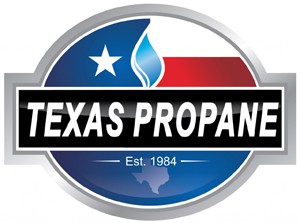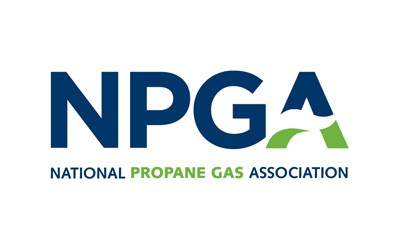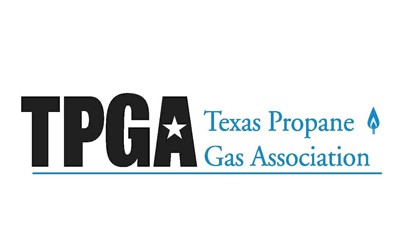Propane and BTU Ratings
Why Not Gallons Instead?
Many propane users may think that it would be easier for propane appliance and equipment manufacturers to express gas usage in terms of gallons instead of BTU’s. After all, the appliances are using those same gallons purchased from your propane company, much like gallons of gas pumped into a car’s tank.
However, when you buy a car, you don’t ask about the gallons of gas the car will use. You would rather ask how many miles per gallon the car gets. If your vehicle needs involve hauling heavy loads, you would probably want to know about the engine and/or towing power. While a crude comparison, BTU’s are a measurement of consumption or deliverable power applicable to your individual LP Gas appliances. Vehicles and engines consist of diesel, gasoline, propane or other fuels. However, the engine rating uses horsepower as a factor of explaining how much power the engine is capable of generating. In the propane gas appliance world, we equate BTU’s to be somewhat of an “appliance horsepower” measurement.
How BTU Ratings Work
Appliance BTU’s use BTU input ratings and are on a “per hour” basis. Whereas a furnace may have a rating for 100,000 BTU, a furnace having a rating at 200,000 is capable of delivering twice the “horsepower” of the 100,000 BTU furnace. In addition, it is capable of delivering 5 times the horsepower of a 40,000 BTU space heater.
With propane, a 200,000 BTU furnace is not necessary to heat a room when a 40,000 BTU heater will work. BTU ratings match appliances for the required need and appropriate purpose.
Texas Propane uses BTU’s to determine total LP Gas appliance load. The total load is in BTU’s. It represents the total propane demand on a system when all gas appliances are operating at full capacity. The BTU load helps us select an appropriate tank size for the installation. It also helps us as select pipe size and regulators as well so that the downstream appliances will work efficiently.
For example, a large home with several furnaces and water heaters will require many more BTU’s than a one room cabin with a propane stove. The larger home has much more propane appliance “horsepower” than the small cabin. This is the sole reason that BTU’s are the factor measurement in the propane industry as opposed to using gallons.
For more information on our propane or to schedule your delivery with Texas Propane today, contact us with the link below!







